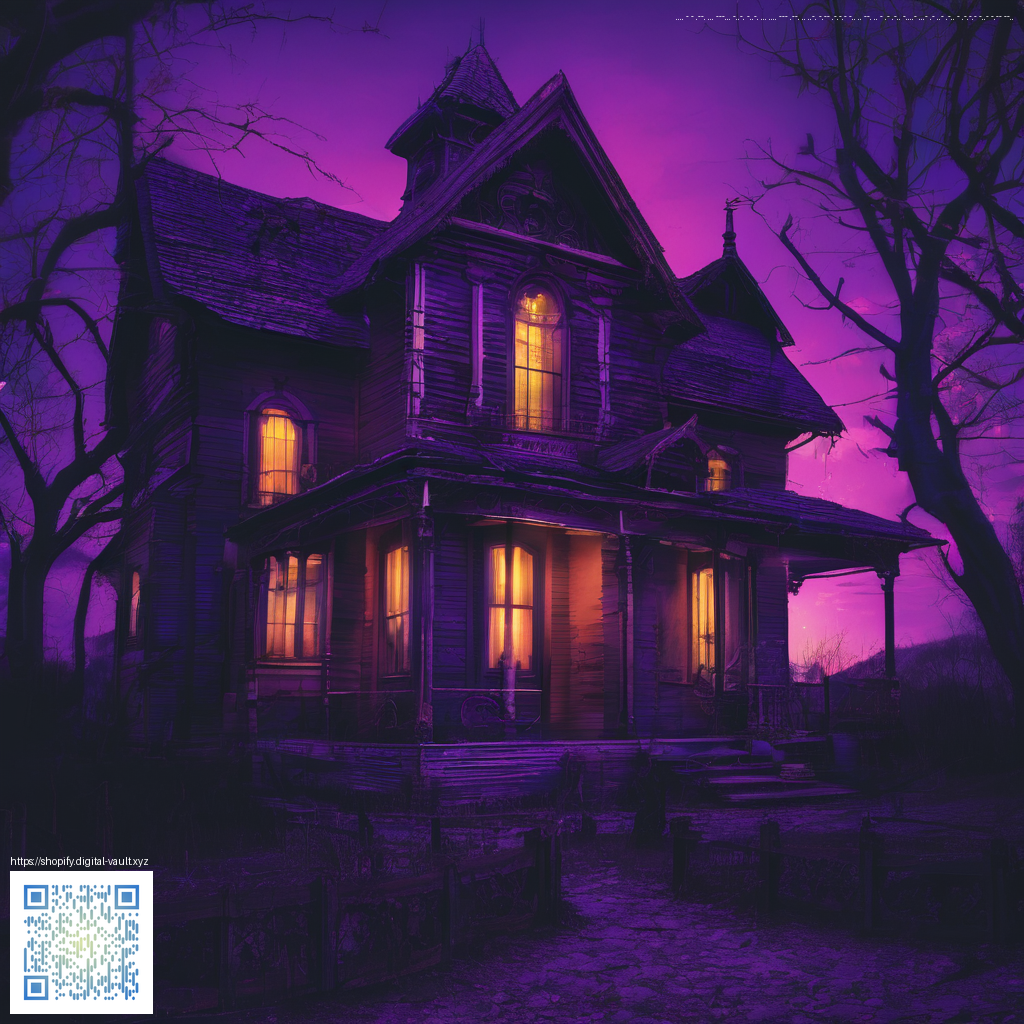
Tracing the arc of a 2D sandbox that never stops growing
In its earliest days, Terraria carved a niche by combining classic platforming with a bold sandbox mindset. Players carved through mineral-rich caverns, built makeshift shelters, and fought for survival against a palette of adversaries that felt equal parts treacherous and rewarding. The charm came from a simple premise: if you can imagine it, you can mine it, craft it, or battle toward it. What started as a compact experience quickly blossomed into a living world shaped by player curiosity and steady support from its developers at Re-Logic.
Across the years the game expanded in waves. New biomes, more complex enemy rosters, deeper crafting chains, and a relentless stream of quality of life improvements turned a beloved indie title into a sprawling adventure playground. The party line from the developers has always been about progress built on listening to players, iterative polish, and a willingness to experiment with the limits of 2D sandbox design. The result is a vertical progression of ideas that encourages experimentation and creativity rather than simply grinding for gear.
Core gameplay shifts that kept fans invested
Early updates introduced a broader toolset, more varied environments, and a layer of challenge that rewarded careful exploration. The core loop remained familiar yet grew deeper as new materials, recipes, and enemies appeared. Players could craft, farm, and battle with a sense of discovery that kept both casual explorers and hardcore builders returning day after day. The sense of discovery was reinforced by improved world generation and balanced progression, ensuring that new players could enjoy the game without feeling overwhelmed by the sheer breadth of content.
As the years rolled on, the franchise leaned into two enduring strengths: community experimentation and robust modding support. The release of third party tools and mods enabled countless players to tailor the experience, creating new islands, weapons, and challenges. That openness transformed Terraria from a single purchase into a flexible canvas where the community defined many of the best memories. The developers also kept pace with fresh content, often aligning updates with seasonal events and player-driven trends, which sustained excitement long after the initial release glow faded.
The Terraria team has consistently prioritized player agency and iterative improvement. Updates are not just patches they are conversations with the community that push the game in surprising directions.
Then came a landmark wave that reimagined how the world felt and played. A sweeping update delivered major overhauls to progression, added new bosses and encounters, and refined how players interact with the world at large. The scope was not simply about more stuff; it was about informed design that honored the game’s roots while inviting new tactics and roles. It was a turning point that demonstrated how a long running project can stay fresh without losing its personality.
Critically, Journey's End did not just add content. It rebalanced the entire experience, reworked endgame loops, and opened doors for ambitious world seeds and ambitious builds. New items, refined AI behaviors, and expanded environmental variety gave players more reasons to rebuild, recreate, and experiment in every playthrough. The update became a touchstone for how to propel a classic title forward while preserving the essential charm that attracted players in the first place.
Community energy has always been the secret sauce here. Modding communities and fan made challenges drove a lot of the post launch momentum. The introduction of accessible mod loaders allowed players to remix systems, remix biomes, and remix encounters. The result is a living archive of player ingenuity that keeps the forums, streams, and community run events buzzing with activity long after a new patch lands. The conversation between developers and fans feels ongoing and honest, which is why the game maintains a bright future even as new titles rise in popularity.
From a design perspective the evolution highlights a simple truth about long lasting games. Groundbreaking features matter less than the way a title grows with its audience. Terraria demonstrates that sustaining curiosity requires developers to preserve core choices while enabling fresh experimentation. The Journey's End milestone captures the spirit of that philosophy by delivering a cohesive, expansive endgame while inviting new generations of builders to put their stamp on the world. For players who adore discovery, the journey remains ongoing and endlessly inviting.
For anyone revisiting the game or stepping in for the first time, the current flavor of Terraria is a testament to thoughtful iteration. It blends accessible crafting with sprawling exploration, tempered by a steady cadence of updates that respect the players who helped make it what it is. That balance between nostalgia and novelty is what keeps the world alive, and it is why the franchise continues to inspire new generations of creators and combatants alike 🎮
If you want a compact way to reflect on the journey and grab a modern edition that captures this evolution, you can check the official product below. The case is a stylish nod to the journey itself and a handy companion for any gamer on the move.
Card Holder Phone Case with MagSafe Polycarbonate Glossy or Matte